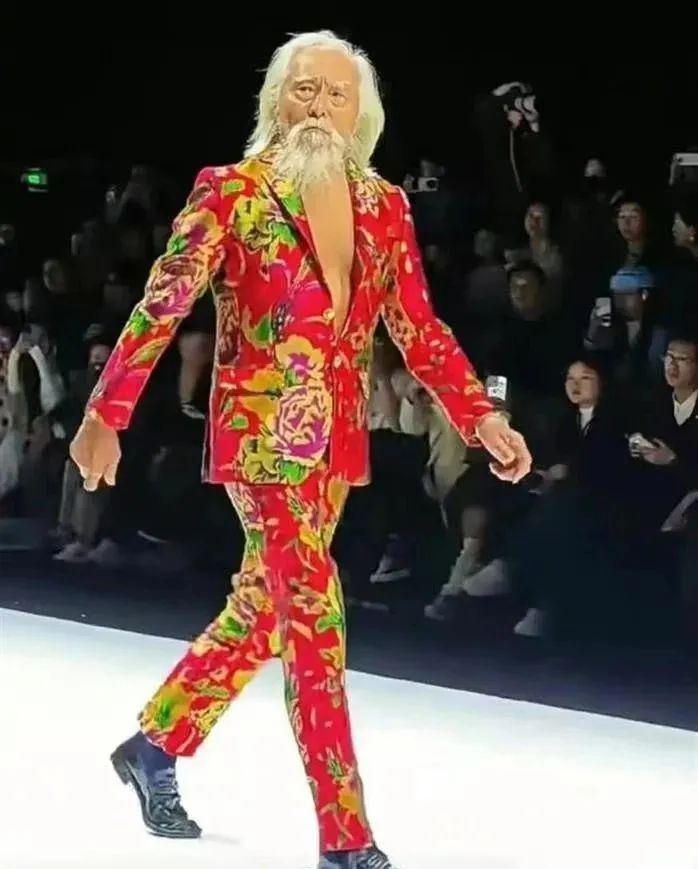For the past five decades, Nargis Latif has been actively advocating for the recycling of trash in Pakistan as an alternative to simply burning it all and raising pollution levels. But perhaps her greatest achievement has been developing a technique of building cheap housing for the poor of Karachi out of blocks of dry waste.
Nargis Latif’s inspiring story began in the 1960s, with a quarrel over burning trash outside her apartment. She fought hard and managed to get the burning point moved, but that was not her real goal. She wanted people to start using their waste, instead of simply discarding it or burning it, but that meant arguing with individuals who simply did not understand the benefits of recycling. So she decided to use a language they would understand – money.





















